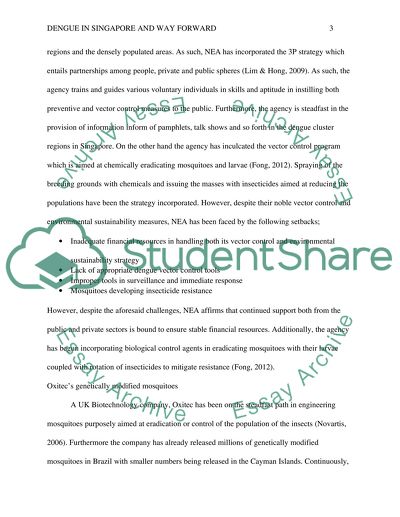Cite this document
(“Dengue in Singapore Essay Example | Topics and Well Written Essays - 1000 words”, n.d.)
Retrieved from https://studentshare.org/health-sciences-medicine/1491818-dengue-in-singapore
Retrieved from https://studentshare.org/health-sciences-medicine/1491818-dengue-in-singapore
(Dengue in Singapore Essay Example | Topics and Well Written Essays - 1000 Words)
https://studentshare.org/health-sciences-medicine/1491818-dengue-in-singapore.
https://studentshare.org/health-sciences-medicine/1491818-dengue-in-singapore.
“Dengue in Singapore Essay Example | Topics and Well Written Essays - 1000 Words”, n.d. https://studentshare.org/health-sciences-medicine/1491818-dengue-in-singapore.


